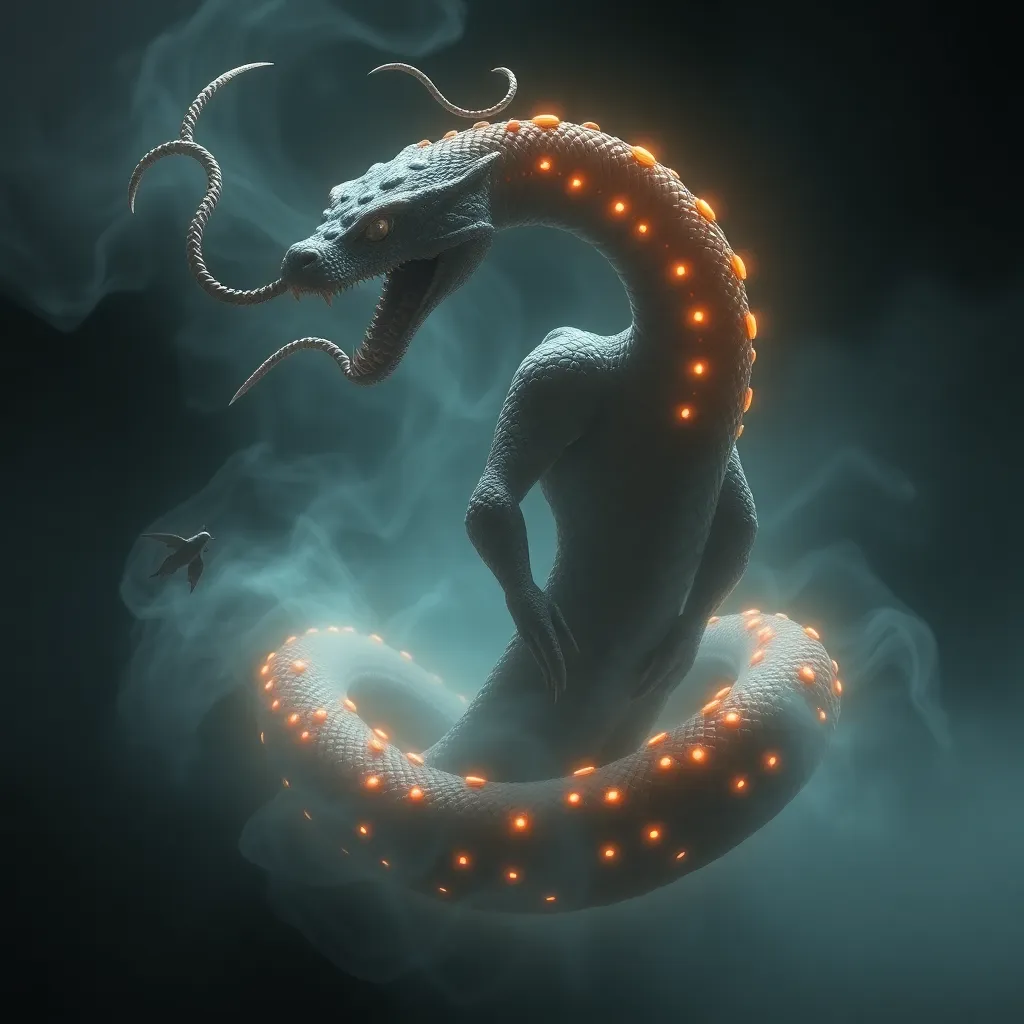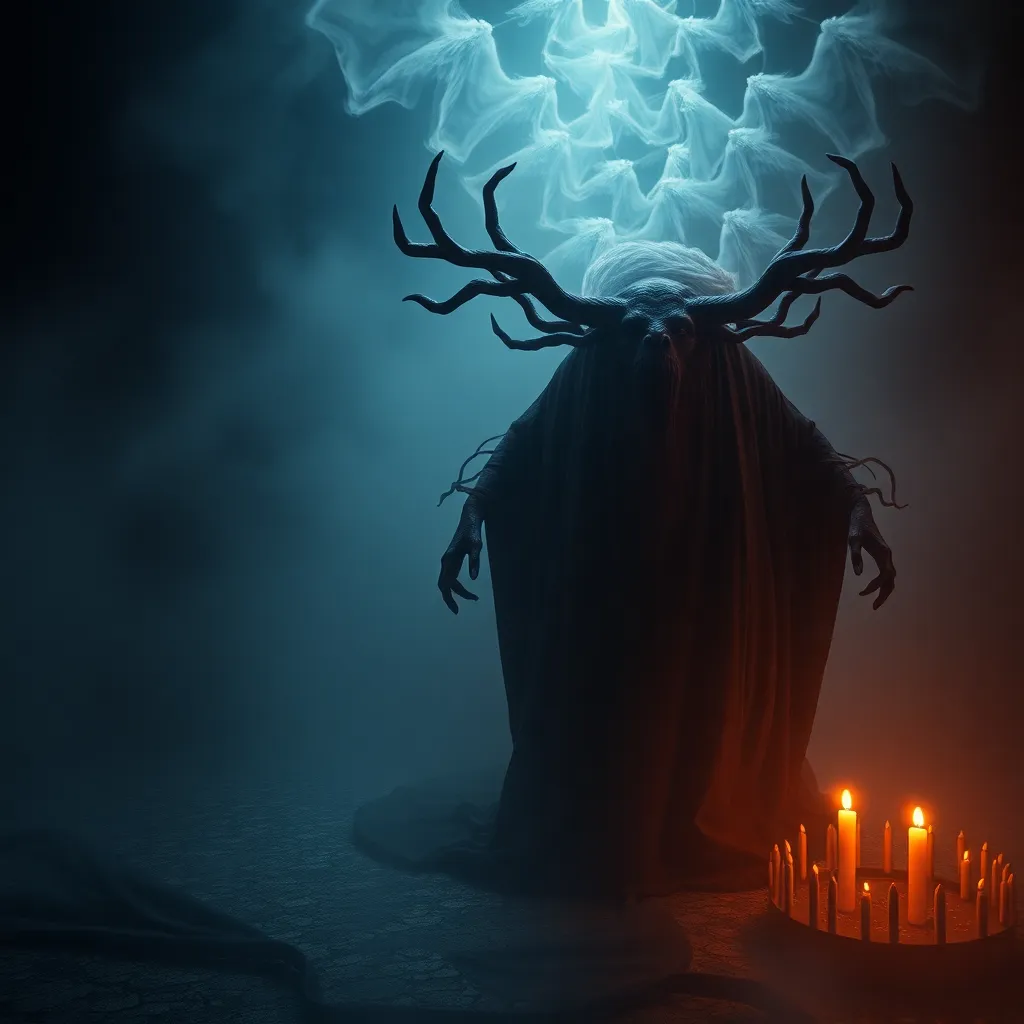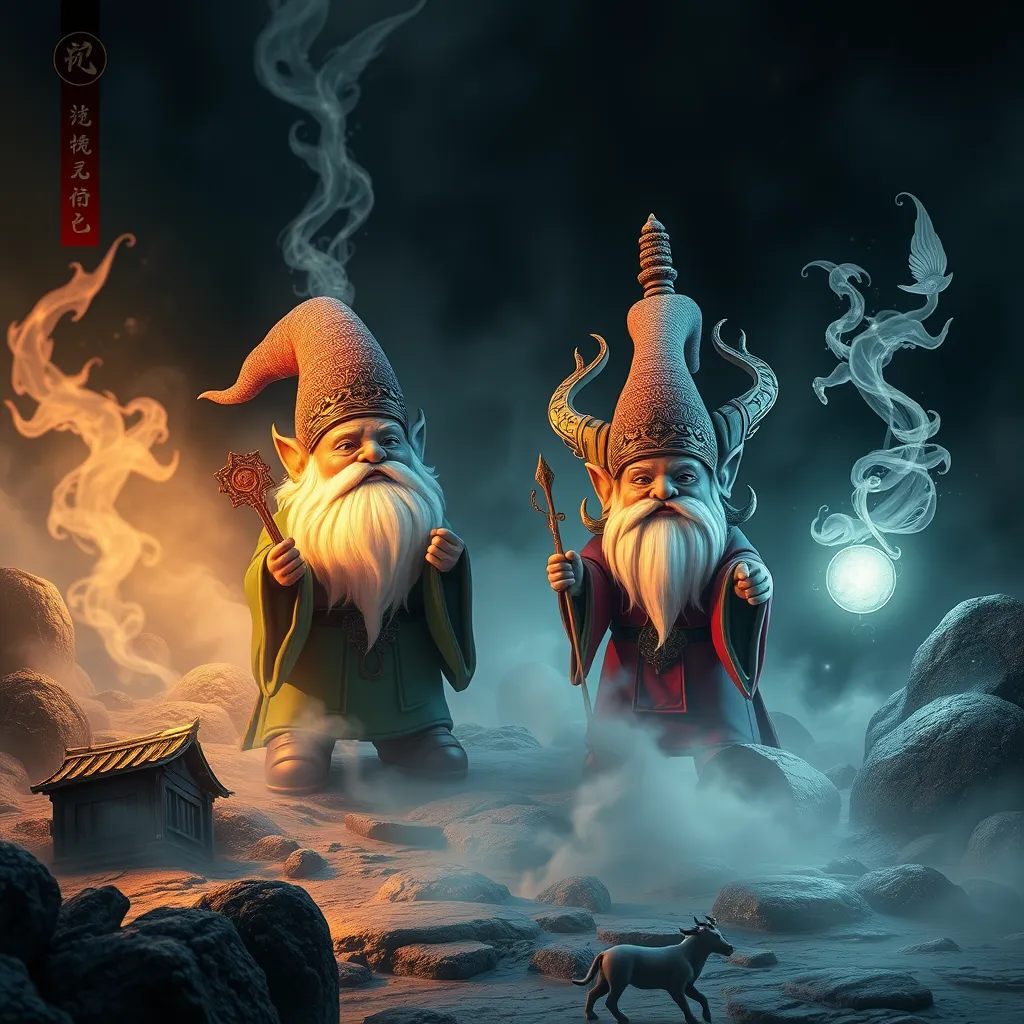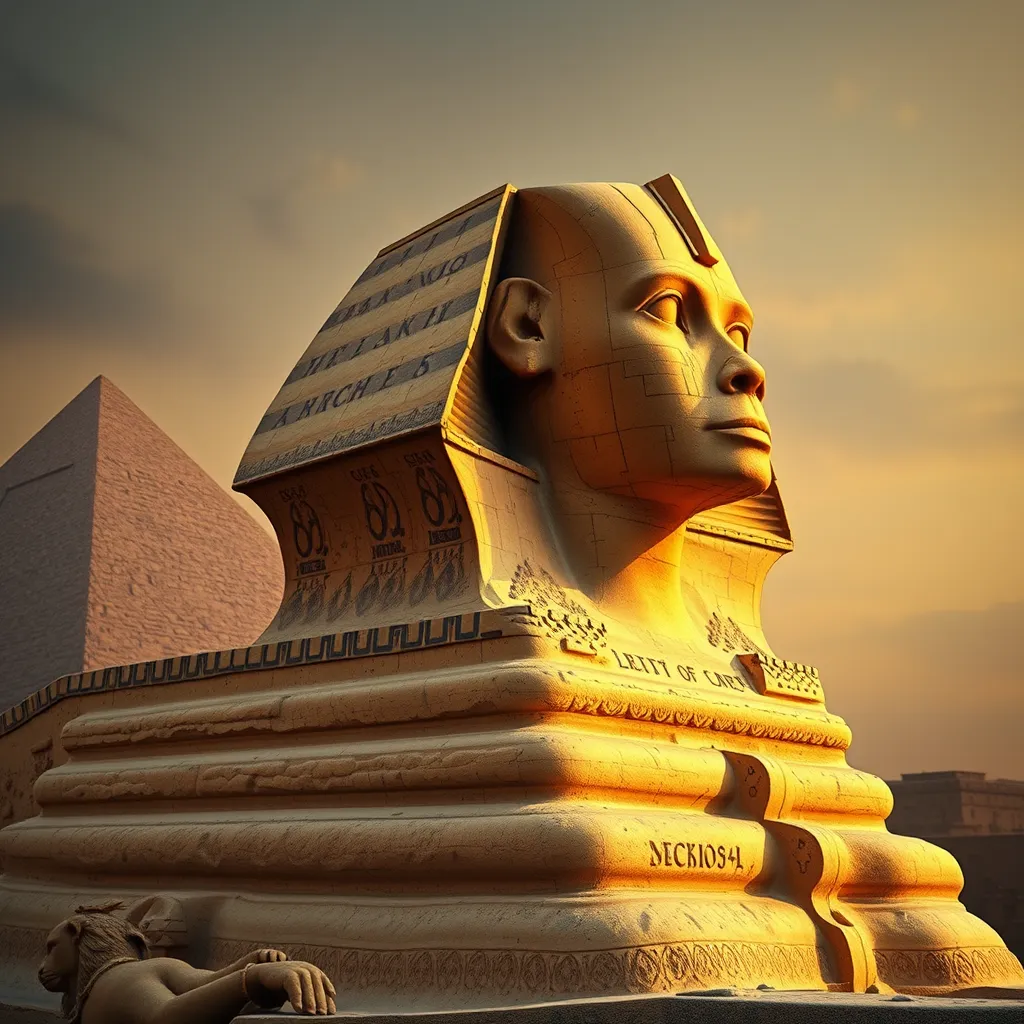Echidna in the Norse Sagas: Uncovering Traces of the Serpent-Woman in Scandinavian Folklore
I. Introduction
Mythological creatures hold a prominent place in the cultural heritage of many civilizations, serving not only as entertaining narratives but also as reflections of societal values and fears. In Norse sagas, these creatures often embody the struggle between order and chaos, good and evil. Among these fascinating figures is Echidna, a lesser-known but intriguing character that has roots in Greek mythology.
This article aims to explore the connections between Echidna, the Greek ‘Mother of Monsters,’ and the serpent-women archetypes found within Scandinavian folklore. By examining the traits and narratives surrounding these figures, we can uncover the shared motifs across cultures and their significance within the broader spectrum of mythology.
II. Understanding Echidna: Origins and Mythological Context
Echidna is a prominent figure in Greek mythology, often described as a half-woman, half-serpent creature. She is the offspring of the primordial deities Gaia and Tartarus, and her lineage is steeped in chaos and monstrosity.
As the ‘Mother of Monsters,’ Echidna is credited with birthing many of the fearsome creatures that populate Greek myths, including the Chimera, the Nemean Lion, and Cerberus. Her role highlights the duality of motherhood, where nurturing leads to the creation of both protective and destructive beings.
The symbolism of serpent-women, such as Echidna, is deeply rooted in ancient mythologies. They often represent the intersection of fertility and danger, embodying both the life-giving and death-dealing aspects of nature. This duality resonates with various cultures, where serpent figures are frequently associated with wisdom, transformation, and chaos.
III. The Norse Sagas: A Brief Overview
Norse sagas are a literary form that emerged in Scandinavia during the 13th century, chronicling the lives and deeds of legendary heroes, gods, and mythical creatures. These sagas are characterized by their intricate narratives, rich character development, and exploration of themes such as honor, fate, and the struggle against overwhelming odds.
Key themes in Norse mythology include the conflict between the Aesir and the giants, the cyclical nature of time, and the inevitability of fate, encapsulated in the concept of Ragnarok. The sagas often feature various serpent figures, which play critical roles in these narratives, representing both fearsome adversaries and symbols of transformation.
Among these serpent figures, Jörmungandr, the Midgard Serpent, stands out as a formidable creature destined to battle Thor during Ragnarok. The prevalence of serpents in Norse tradition speaks to the cultural significance of these beings, often embodying the chaos that must be confronted to maintain cosmic order.
IV. The Serpent-Woman Archetype in Scandinavian Folklore
The exploration of serpent and dragon motifs in Norse myths reveals a rich tapestry of symbolism and meaning. These creatures often serve as adversaries to heroes, testing their strength and resolve, but they also embody deeper philosophical concepts about life and death.
When comparing Echidna to Norse serpent figures, several parallels arise:
- Echidna and Jörmungandr: Both are associated with chaos and destruction, yet their narratives also reflect the necessity of this chaos within the cycle of life.
- Feminine serpents: Figures such as the serpent-women in Scandinavian folklore often play roles that challenge traditional gender norms, embodying both nurturing and destructive qualities.
- Cultural significance: Female serpent figures in Scandinavian myths often symbolize transformation and the power of nature, paralleling Echidna’s role as a mother of monsters.
V. Traces of Echidna in Norse Literature
An examination of specific sagas reveals intriguing references to serpent-women and hybrid creatures. For instance, some tales feature female figures who possess serpent-like qualities or are associated with serpentine imagery.
Character parallels between Echidna and notable Norse female figures, such as Hel, the goddess of death, and Angerboda, the mother of monsters, highlight the complex roles women play in these narratives. Both Hel and Angerboda, much like Echidna, are linked to themes of death and chaos, positioning them as powerful, albeit fearsome, figures within their respective mythologies.
Instances of hybrid creatures in Norse narratives further emphasize this connection. Creatures such as the Fenrir Wolf and various giants often blur the lines between human and beast, mirroring the hybrid nature of Echidna.
VI. Influence of the Greek Mythology on Norse Sagas
The historical interactions between Greek and Norse cultures are well-documented, particularly during the Viking Age, when Norse traders and raiders came into contact with the Mediterranean world. This cultural exchange likely facilitated the sharing of mythological elements.
Potential pathways of mythological exchange include:
- Trade routes: Merchants and explorers moving between Greece and Scandinavia could have brought stories and ideas from one culture to another.
- Artistic influences: The depiction of mythological creatures in art and sculpture may have inspired similar representations in Norse storytelling.
- Literary adaptations: As stories were told and retold, elements from Greek mythology may have been woven into Norse sagas, creating a rich tapestry of shared themes.
Consequently, Greek mythology may have shaped Norse storytelling, influencing character development and narrative arcs that resonate across both cultures.
VII. Modern Interpretations and Legacy
In contemporary adaptations and retellings, Echidna has found new life in various forms of media, from literature to film. Her dual nature as a nurturing figure and a harbinger of chaos continues to captivate audiences.
Norse sagas have also profoundly influenced modern fantasy literature, with writers drawing upon these ancient tales to create rich, immersive worlds. Elements of serpent-women and hybrid creatures persist in today’s storytelling, reflecting the enduring nature of these mythological figures.
The cultural relevance of serpent-women in today’s folklore is evident in the way these characters are often portrayed as complex, multifaceted beings who challenge traditional narratives. Their stories resonate with themes of empowerment, transformation, and the duality of existence.
VIII. Conclusion
In summary, the exploration of Echidna’s presence in Norse mythology reveals fascinating connections between Greek and Scandinavian folklore. The archetype of the serpent-woman emerges as a powerful symbol of chaos and transformation, transcending cultural boundaries.
Cross-cultural mythological studies enhance our understanding of how stories evolve and adapt over time, highlighting shared human experiences and fears. The enduring nature of serpent-women in folklore storytelling underscores their significance in reflecting humanity’s complex relationship with nature and the unknown.




